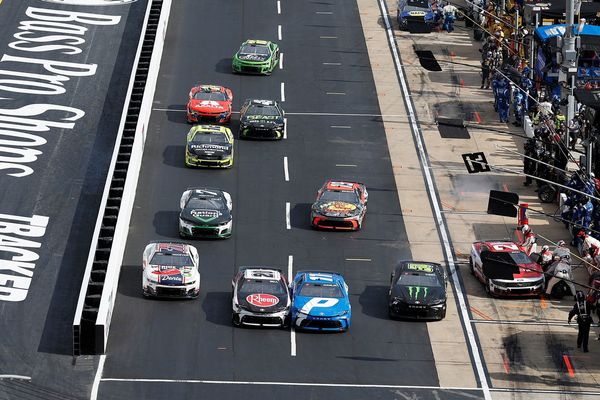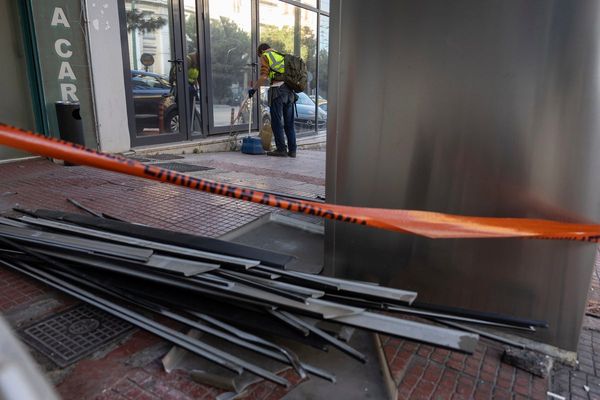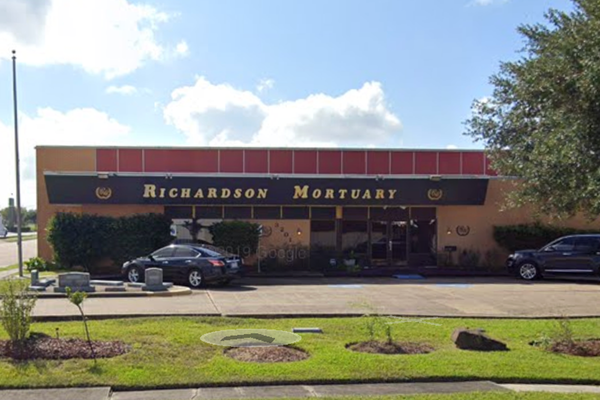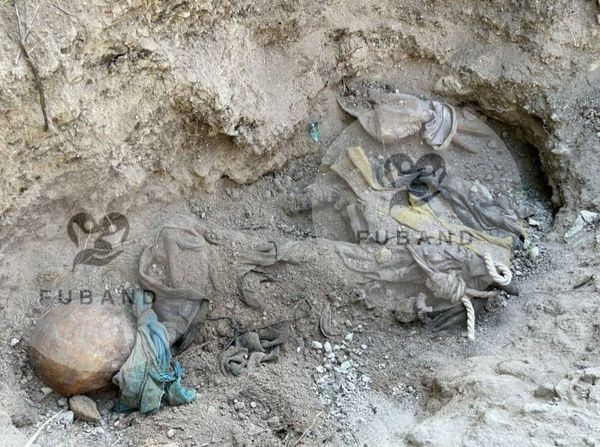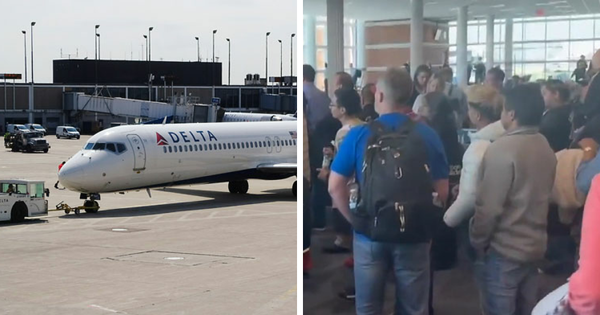
Households in the poorest outer suburban electorates are among the biggest winners from the social welfare and tax policies pursued by the Albanese government during its first term in power.
Analysis by the Australian National University’s Centre for Social Policy Research has revealed how a highly progressive Labor agenda will boost incomes among the least well-off households by an average of $1,672 in 2025-26.
At the other end of the spectrum, the wealthiest households on average will be nearly $800 worse off, the modelling shows, as the rejigged stage-three tax cuts leave them worse off than they would have been without the change.
The high cost of living has consistently rated as the No 1 issue cited by voters before the 3 May election, and the new research suggests that Labor’s policy changes have been targeted towards helping those most in need.
This is reflected in the breakdown of winners and losers by electorate, where lower socioeconomic suburbs have done the best, at the expense of richer areas – most often in inner-city regions.
Households in the safe Labor seat of Spence in outer Adelaide are the biggest winners, with an average annual income gain of $1,360 in 2025-26, the ANU modelling shows.
This is followed by a $1,240 gain for households in the marginal far-north Queensland electorate of Leichhardt, where Labor hopes to win the seat held for decades by the retiring Liberal MP, Warren Entsch.
Households in the marginal seats of Fowler in western Sydney (held by independent Dai Le) and Brisbane’s Blair (Labor) will also be more than $1,200 better off.
Treasurer Jim Chalmers’ seat of Rankin in Brisbane is among the top five. In contrast, households in Anthony Albanese’s now wealthy inner-Sydney electorate of Grayndler will be $200 worse off in the next financial year as a result of the modelled changes enacted during the 47th parliament.
In an upcoming research paper, ANU academics – Ben Phillips, Cukkoo Joseph, Richard Webster and Matt Gray – estimate that the policy changes over Labor’s four budgets will add $7.5bn to households’ disposable incomes in the coming financial year.
Those policies include an extra $2.5bn from personal income tax changes (including the modified stage-three tax relief), while higher jobseeker rates will add about $1.1bn, commonwealth rent assistance $1.2bn, parenting payment $1.1bn, and increased childcare subsidy about $2bn.
The temporary energy rebates were not included in the analysis, or “in-kind” benefits such as changes to Medicare or the Pharmaceutical Benefits Scheme.
The ANU researchers noted that 14 of the 20 electorates with negative outcomes or smallest gains were all within greater Sydney, including Warringah, Bradfield, Wentworth, North Sydney and Mackellar.
“The likely driver of the substantial hit to these regions is their lack of gain from welfare payments, and the re-jigged stage 3 tax policy in 2024 providing substantially less tax cuts than was the case relative to the 2022 policy of the previous government,” they wrote.
The biggest losers are households in Warringah in Sydney’s northern beaches, held by the teal independent Zali Steggall, where incomes would be on average nearly $1,000 lower, the modelling shows.
The wealthy Sydney north shore suburbs in the marginal Liberal-held seat of Bradfield are the next worse off, where the average household income will be $850 lower.
In all, households in 13 of the 151 electorates have been left worse off under Labor’s policy changes – and seven of those held by teal MPs, mostly by small margins.
